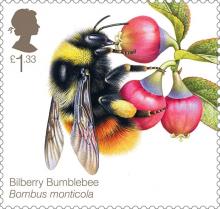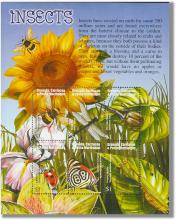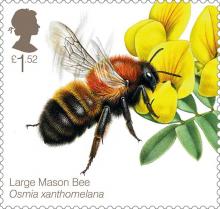Öko- oder konventionelle Produkte? Der Pestizid-Vergleich
Die meisten Lebensmittel aus konventioneller Landwirtschaft sind so stark mit Rückständen von Insekten- und Unkrautvernichtungsmitteln belastet, dass sie nicht als Säuglingsnahrung verkauft werden dürften. Demgegenüber halten 95 Prozent der ökologisch erzeugten Produkte den Grenzwert für Säuglingsnahrung von 0,01 Milligramm pro Kilo ein. Das zeigt eine Studie, die der renommierte Pestizid-Experte Lars Neumeister im Auftrag der Grünen im Bundestag erstellt hat. Der Studienautor wertete die Ergebnisse von fast 58 000 Stichproben aus, die die Lebensmittelüberwachungsbehörden der 16 Bundesländer in den Jahren 2011 bis 2013 untersucht hatten. Eindeutiger hätte das Ergebnis kaum ausfallen können: In allen 37 Produktkategorien – vom Apfel bis zur Zitrone - wiesen Bio-Lebensmittel deutlich niedrigere Rückstandsgehalte auf als die konventionellen Vergleichserzeugnisse.









